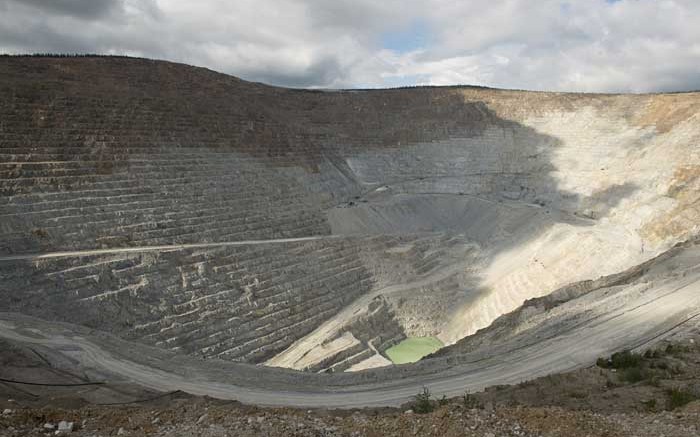While it hasn’t been green pastures for any of the major gold producers over the last year, perhaps none have had it as rough as Kinross Gold (TSX: K; NYSE: KGC).
But the company’s CEO, Paul Rollinson, had a strong message for investors in the company during its fourth-quarter conference call: despite the challenges the company and the industry have faced, Kinross has accomplished much of what the management team said it would do.
“When I took over we made a conscious decision to go in a new direction,” Rollinson, who was appointed CEO in late 2012, said on the call. “There had to be a change in the mindset from the mine pit to corporate headquarters . . . we had to focus on operational excellence, quality over quantity, capital discipline and balance-sheet strength.”
While Rollinson concedes that such a fundamental change in corporate philosophy doesn’t happen overnight, he contends the company is making great strides.
In terms of operational excellence, he points out that Kinross beat its original guidance by producing a record 2.6 million oz. gold over the year. Moreover, that extra production beat forecasts on costs and capex.
To emphasize quality over quantity, the company adopted what it calls a “fully loaded costing methodology” that accounts for items such as sustaining and waste management that miners are not required to report when they report cash costs in their financial statements.
“We didn’t have to do it, but thought it was the right thing to do,” Rollinson said.
The result of the more holistic approach to accounting was a reduction in proven and probable reserves but an increase in value, as average grades went up 14% across the company. There is now less stripping, lower capex and a boost to its assets’ overall net present value (NPV).
Kinross finished last year with reserves down by 25% to 39.7 million oz. from 52.9 million oz. While some of that decline came from regular depletion and writing off the Fruta del Norte project in Ecuador due to extreme tax demands from the government there, its Paracatu mine in Brazil was the culprit, as reserves fell by 42% while grade improved by 5%.
Rollinson points out that the NPV at Paracatu also went up, explaining that the company is better prepared for the future, with production guidance for this coming year between 2.5 million and 2.7 million equivalent oz. gold.
The increase in output will come on the back of a ramp-up at its new Dvoinoye mine in Russia, which should more than offset the loss of production of its La Coipa mine in Chile, as its mine life comes to an end.
BMO Capital Markets analyst David Haughton called the results ‘slightly negative.’ Despite Kinross being in line with Haughton’s forecasts on production and costs, the company missed on earnings due to higher-than-expected non-operating items.
For the quarter Kinross reported a 65¢-per-share loss and an adjusted loss of 2¢ per share.
Haughton rates Kinross as “market perform,” with a US$6 price target.
In contrast to Haughton, Scotiabank analyst Tanya Jakusconek found the results impressive, especially in terms of cost, as Kinross’ all-in sustaining cost guidance of US$950 to US$1,050 oz. was much better than Jakusconek’s US$1,181 per oz. estimate.
Jakusconek rates Kinross as “sector perform,” with a US$6-per-share price target.
Regardless of what the Street is saying, Rollinson sounds like a man who is still on a mission — proud of where they are going, but not yet there.
“We’re not happy with the current share price,” he said, “but we believe we are on the right track.”


Be the first to comment on "Kinross heading in the right direction"